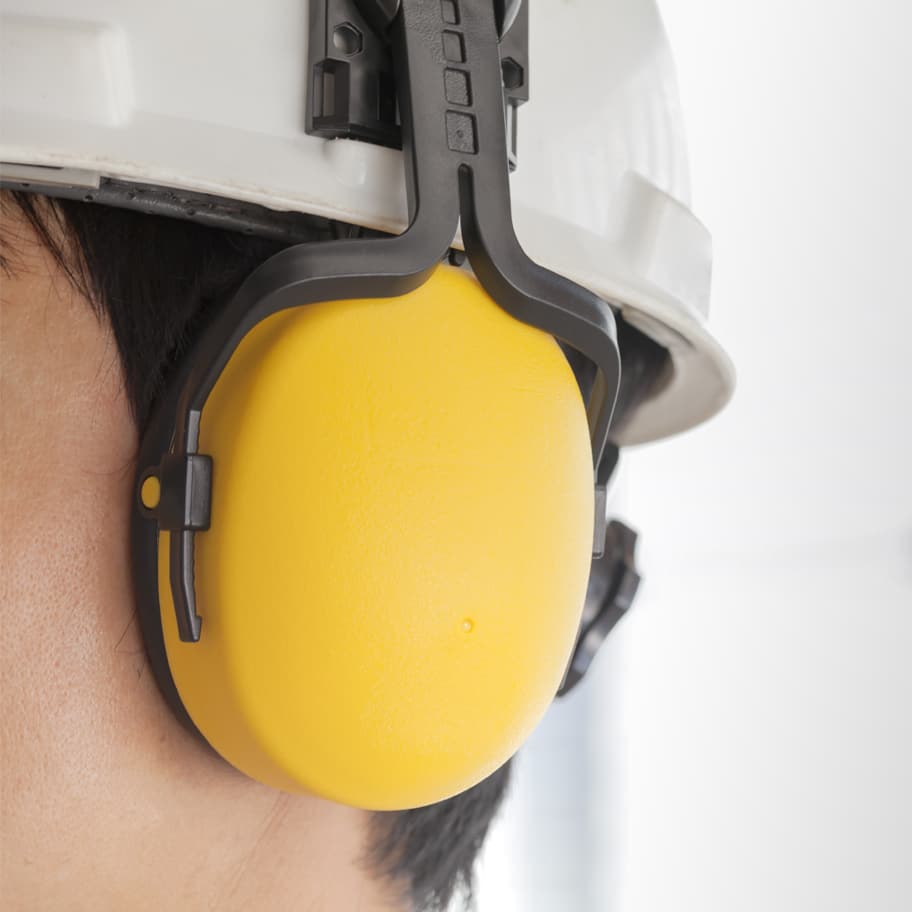Determining Who is Responsible
Employees who are exposed to a high level of noise on a daily basis should wear ear protection to avoid this injury. There is a responsibility for both the employer and the employee to ensure industrial deafness is avoided. Factors that contribute to industrial deafness are the noise levels they are exposed to and the length of time at which they have been exposed. If you have difficulty hearing certain frequencies in your working life, it may be worth investigating the noise environment at your workplace. If you are considering making a claim our team of solicitors specialise in work-related injuries such as industrial deafness and can assist you in making sense of your situation.
Common Workplaces of Occupational Hearing Loss
Noise-induced industrial deafness can happen in a number of different working environments. People can suffer from this hearing impairment in the following workplaces:
Factories
A factory is often an enclosed working space which makes it difficult to avoid loud sounds that may slowly affect your hearing. Any factory that operates heavy plant and machinery pose a potential risk to the employees. Especially if they are not wearing the correct protective headgear.
Construction Sites
Construction workers and engineers working on construction sites can be exposed to loud noises on a daily basis. This includes machinery and heavy-duty tools such as jackhammers. This can negatively affect their hearing if proper precautions are not adhered to.
Quarries/Miners
Constant exposure to explosions and drillings etc. can induce hearing loss if ear wear is not provided.
Call Centres
Not all cases of industrial deafness are related to construction-related workplaces. In an office environment, a person can experience noise-induced hearing loss if they are wearing faulty headphones during the day or the volume of hearing headphones is turned up too loudly. To avoid this the employer should ensure that headsets are fitted with the appropriate volume limitation to protect its workers.
What are the Symptoms of Occupational Hearing Loss?
Common symptoms that may be present at the onset of industrial deafness are; struggling to hear the TV, missing parts of sentences in a conversation or experiencing a constant buzzing or ringing in your ears (tinnitus).
Industrial deafness symptoms include:
- Deafness
- Difficulty hearing speech when there is background noise
- Needing to turn the television volume up to high levels in order to hear properly
- Constant ringing and buzzing in one or both ears
- Missing words or parts of sentences during a conversation
The symptoms can be categorised as follows:
- Mild – difficulty hearing speech during a conversation, the TV, radio in environments where there is light background noise present.
- Moderate – similar to the above but the person may need to wear a hearing aid on a daily basis.
- Severe – As the person may need to rely on other forms of communication such as sign language or lip reading in conjunction with a hearing aid.
- Profound – A person relies solely on the use of lip reading and sign language.
Tinnitus Claims*
Tinnitus is a high-pitched ringing, buzzing, hissing or humming sound in your ears and is a common disorder linked with workplace hearing impairment. Similar to what you would experience after a loud concert or from a nightclub with loud music (which is temporary), constant exposure to loud noises in the workplace can bring on permanent tinnitus if the adequate ear protection is not provided or worn by the employee.
What are the Causes?
Some of the causes of industrial deafness consist of:
- Working in manual labouring sites without ear protection
- Personal Protective Equipment (PPE) not being provided by the employer
- Listening to excessively loud music with earphones or in prolonged exposure to loud music in nightclubs or at a concert
- Working close to loud machinery without adequate ear protection
Acoustic Shock in the Workplace
Acoustic shock syndrome is a disorder that is brought on by sudden, high volume sound. It may result in hearing loss, tinnitus or painful sensitivity to sounds. Acoustic shock can be classified in three different groups;
- Early onset (within minutes of the event): Pain/discomfort around the ear, hearing impairment (muffled hearing), Fatigue, feeling lightheaded, dizziness, nausea
- Medium onset (hours to days after the event): Tinnitus, Hyperacusis, Dysacusis
- Late onset: Anxiety, Phobic Anxiety, Depression
Factory workers, machinery workers and other workers on construction sites may be exposed to sudden, loud unexpected sounds. Therefore, this can cause hearing damage if the correct protective gear is not worn.
For an office worker or call centre agent in an office environment a technical fault or feedback from a phone receiver or headset, if loud enough, can cause hearing loss or a case of tinnitus leaving the person painfully sensitive to sound.

